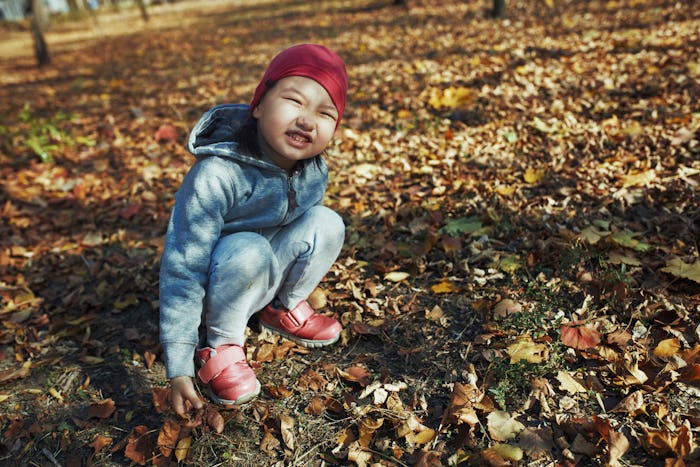Life

Daylight Saving Ends Right When You Could Use That Extra Hour Of Sleep
Fall always seems to really start in earnest when we turn the clocks back. But if you’re like me and you can never remember when it’s time to fall back or spring ahead, you may be wondering: When is Daylight Saving Time 2020? The switch always happens on the first Sunday of November, and this year Daylight Saving Time falls on Nov. 1.
The clocks officially turn back at 2 a.m. on the first of the month, so if you happen to be up (maybe nursing a baby while scrolling) you'll witness the weird sensation of seeing your iPhone clock jump back in time. Essentially, the hour between 1 a.m. and 2 a.m. is done twice that day, so we'll have a 25 hour day (as if time wasn't moving strangely enough this year). But, when the clocks spring ahead in March, we lose an hour of the day, so it all evens out in the end.
While it's challenging to say goodbye to the long, bright nights of summer in favor of dark early evenings (where I live, it's north enough that the sun sets around 4 p.m. in November *sob*), the good thing about falling back for Daylight Saving Time is that there's more light in the morning, and in theory, when you wake up on Sunday, you'll feel like you got an extra hour of sleep.
But to be real, your kids are probably the alarm clock, and they generally will need an adjustment period to get used to going to bed an hour earlier (good luck to you there) then hopefully sleeping a bit later.
This article was originally published on